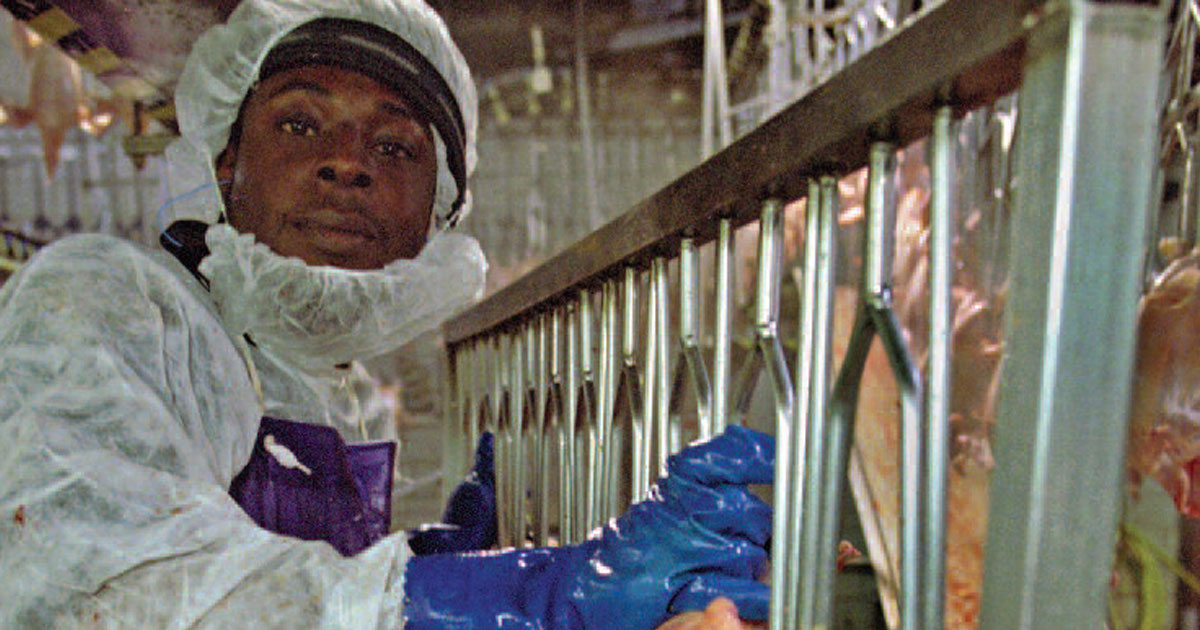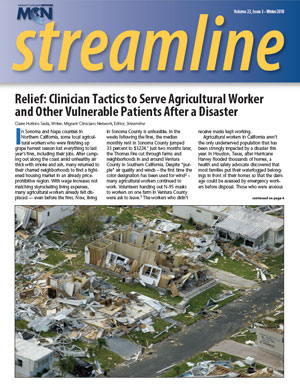
When a poultry processing plant worker needs a restroom break, does he feel he can leave the line without retaliation? If a meat processing worker recognizes a hazard, will he alert the Occupational Safety and Health Administration (OSHA)? In December, the United States Government Accountability Office (GAO) released a study on the workplace safety and health in the meat and poultry industry which concluded that agencies could do more to empower workers to disclose safety and health concerns in one of the most hazardous industries in the US.
While OSHA had stepped up inspections of the meat and poultry industry in the last decade, OSHA still “faces challenges identifying and addressing worker safety concerns because workers may be reluctant to contact OSHA for fear of employer retaliation, although employers are prohibited from doing so by federal law,” the report said. The GAO authors used bathroom breaks as an example of where OSHA has not heard workers’ concerns, a problem that has been called out in recent reports by Oxfam and others. “When asked by GAO, workers in five selected states cited bathroom access as a concern and said they fear speaking up at work, where OSHA inspectors typically interview them. Taking additional steps to encourage workers to disclose sensitive concerns and gathering additional information to determine the scope of bathroom access issues could enable OSHA to better identify worker safety and health concerns,” the report concluded.
The report also discussed the importance of increasing interagency cooperation to better identify and address workplace hazards, including chemical exposure: “Depending on a chemical's intended use, it may not undergo a federal review of the risks it poses to worker safety and health before it is used in a plant. [The Department of Agriculture’s Food Safety and Inspection Services (FSIS)] collects information on how to protect its inspectors from new chemicals, but it does not have a process to share this information with OSHA or plants, among others, so that plant workers can be similarly protected.” GAO concluded its report with seven recommendations to help workers feel safe in reporting hazards and violations and to assure better interagency communication and information sharing. The first recommendation was that “the Assistant Secretary of Labor for Occupational Safety and Health should take additional steps to encourage workers to disclose sensitive concerns during OSHA inspections of meat and poultry plants; for example, by considering additional off-site interviews or exploring other options to obtain information anonymously.” The second specified that the Assistant Secretary “should gather more information, such as by asking workers during meat and poultry plant inspections, to determine the extent to which bathroom access is a problem and how to address any identified issues.” The sixth recommendation stated that the FSIS Administrator should “develop a process to regularly share the worker safety information it collects during its review of new chemicals with FSIS inspectors, plant management, OSHA, and the Centers for Disease Control and Prevention's National Institute for Occupational Safety and Health (NIOSH),” and the final recommendation said that “the Director of NIOSH should consider including in the agency's research agenda a proposal for examining the extent of peracetic acid's use in combination with other chemicals in meat and poultry plants, and any safety and health hazards these combinations may pose to workers.” All seven recommendations and the complete report are available at: http://www.gao.gov/products/GAO-18-12.
As the report emphasizes, poultry workers face not only a dangerous day-to-day working environment but obstacles to ensure safety regulations are enforced and that basic workers’ rights like time to use the restroom are maintained. Clinicians are encouraged to ask for patients’ occupation and consider occupational exposures when treating a patient.
Here are some MCN resources that clinicians may find useful:
MCN’s Environmental and Occupational Health Screening Questions in English and Spanish are downloadable on the MCN site: https://goo.gl/b5yyfo.
Seguridad en las lecherías is MCN’s award-winning health and safety intervention for immigrant workers in dairy. Its well-loved bilingual comic books and five-lesson curriculum are available for download on the website: http://www.migrantclinician.org/seguridad.
It’s your right to know! Helping Community Health Workers Promote Chemical Safety on the Job is MCN’s archived webinar for CHWs, available in both English and Spanish: https://goo.gl/tttLhK.
Working With Farm Animals, another piece from MCN’s popular comic book series, has recommendations and terminology accompanying the comic-style graphics on zoonotic diseases. It is available in English and Spanish: https://goo.gl/ZpR0kB.
Read this article in the Winter 2018 issue of Streamline here!
Sign up for our eNewsletter to receive bimonthly news from MCN, including announcements of the next Streamline.
